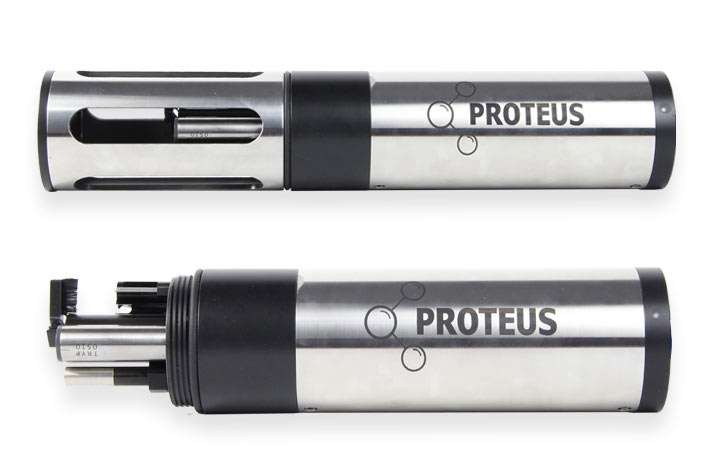Biochemical Oxygen Demand (BOD)
Background
The BOD test was devised in the early 20th century and selected as an indicator of organic enrichment in water bodies by the U.K Royal Commission on River Pollution in 1908. Subsequently, the method was adopted by American Public Health Association Standard Methods Committee in 1936 as a reference indicator to evaluate the biodegradation of chemicals and hazardous substances.
BOD is defined as the amount of oxygen taken up through the respiratory activity of microorganisms growing on organic material in the sample. The test is conducted in airtight bottles in the absence of light and under a controlled temperature (20°C ± 1°C) for a set time period. The widely employed 5 days interval was selected as this the time taken from source to sea for the longest U.K river. Hence, the parameter provides a measurement of the carbonaceous organic pollution of water that can be degraded biologically and is expressed in milligrams of O2 per litre (see Table 1 for expected levels from a range of aquatic habitats).
Why is it important?
BOD is a key water quality parameter used in a wide range of applications in the water industry and for environmental monitoring:
- it is used under the WFD to assess the quality of water bodies (see Table 1);
- it is used to confirm wastewater discharge and the waste treatment procedure meets criteria set by regulators (see Table 2);
- the ratio between BOD and COD (chemical oxygen demand) is indicative of the biodegradable fraction of wastewater effluent;
- COD/BOD is also used as an indicator of the size of a wastewater treatment plant required for a specific location.
- BOD is used to identify sources of organic pollution in river networks
Challenges to monitoring BOD
Despite the BOD5 test being long entrenched in legislation there are substantial deficiencies associated with it:
- long lead times until results are available (5 days) that can lead to environmental damage having occurring before the data is available;
- the test is time consuming and expensive;
- it fails to recreate natural processes (i.e. the test involves a 5-day incubation conducted in the dark);
- results are not always simple to interpret as a low value can be due to high organic content that is not readily degraded or that degradation is inhibited by toxins;
- it is imprecise and has a high minimum detection limit thus is not applicable to clean/uncontaminated river samples;
- the accuracy/repeatability is low with measurement variability in certified laboratories as high as 20%; and that is just the measurement in the laboratory and does not involve all of the potential issues of the sampling and transportation process
It is clear that a move from traditional laboratory testing to in-situ (real-time) monitoring would help to alleviate most of the problems outlined above. It would immediately address points I - III and would help to improve spatial temporal resolution of monitoring that would be directly beneficial to basin managers, water companies and legislators alike.
Proteus the real-time solution for BOD
The science...
Fluorescence spectroscopy is a selective and sensitive optical technique enabling in-situ, real-time measurement of dissolved organic matter. Molecules absorb light of a specific wavelength and orbiting electrons are excited to a higher energy state .The electrons then emit light of a specific wavelength to return to the base state.
The dissolved organic matter pool can be mapped in optical space based on its fluorescent properties (see Fig. 2). The TLF peak (red) represents a mixture of free amino acids, peptides and proteins. This is associated with microbial activity and human/animal waste contamination. Numerous published studies have correlated TLF with BOD and faecal coliform counts and our site specific or generic calibrations are able to provide users with highly accurate and repeatable BOD measurements (Fig. 3).
Applications
- Monitoring for compliance
- Optimization of wastewater treatment processes
- Development of process control algorithms
- Identification of cross-connected sewers
- Identification of pollution sources
- Rapid assessment of incident severity
- Advanced treatment monitoring & protection
- Effluent pollution control

